C-SPIN News
‘Organismic Learning’ Mimics Some Aspects of Human Thought
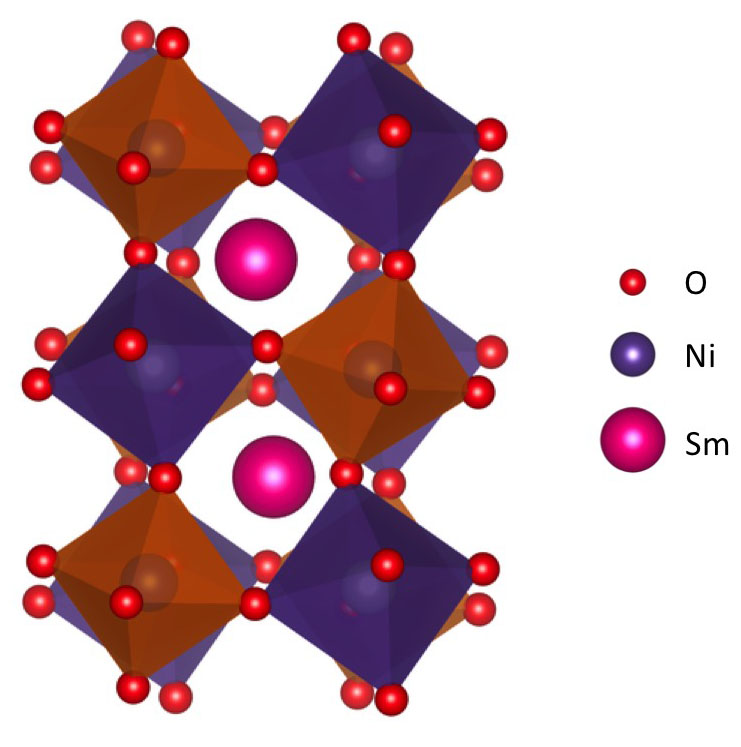
(08/14/2017) - A new computing technology called “organismoids” mimics some aspects of human thought by learning how to forget unimportant memories while retaining more vital ones. “The human brain is capable of continuous lifelong learning,” said Kaushik Roy, Purdue University’s Edward G. Tiedemann Jr. Distinguished Professor of Electrical and Computer Engineering. “And it does this partially by forgetting some information that is not critical. I learn slowly, but I keep forgetting other things along the way, so there is a graceful degradation in my accuracy of detecting things that are old. What we are trying to do is mimic that behavior of the brain to a certain extent, to create computers that not only learn new information but that also learn what to forget.” Read More.
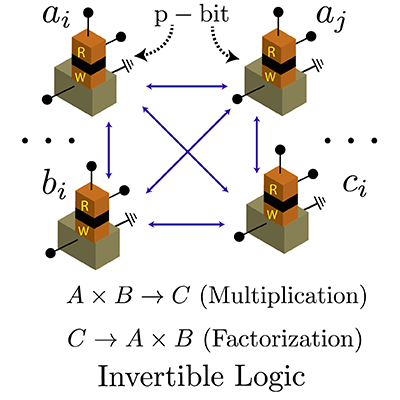
Scientists Present a New Magnet-based Computing Architecture
(07/202017) - In a new paper for the prestigious Physical Review X journal, a group of C-SPIN researchers from Purdue University led by Professor Supriyo Datta argue that existing ultra-small magnets can be arrayed at room temperature with present-day technology to perform precise arithmetic calculations. Unlike a traditional semiconductor-based computer, however, they can also perform inverse operations: a multiplier, for example, can also function as a factorizer. “Spintronic materials and phenomena have seen rapid progress in the past decade, but no clear candidate has emerged as a ‘drop-in’ replacement for CMOS technology” says Datta. “Instead, researchers are focusing on spintronics to provide novel functionalities that do not come easily to CMOS. This work presents what we hope is an attractive vision along these lines.” Read More.
C-SPIN Director, Jian-Ping Wang, Presented an Invited Talk on Spintronics and Beyond CMOS Systems at 57th DAC Meeting
(07/17/2017) - Many key technologies of our society, including so-called artificial intelligence (AI) and big data, have been enabled by the invention of transistor and its ever-decreasing size and ever-increasing integration at a large scale. However, conventional technologies are confronted with a clear scaling limit. Many recently proposed advanced transistor concepts are also facing an uphill battle in the lab because of necessary performance trade-offs and limited scaling potential. We argue for a new pathway that could enable exponential scaling for multiple generations. This pathway involves layering multiple technologies that enable new functions beyond those available from conventional and newly proposed transistors. The key principles for this new pathway have been demonstrated through an interdisciplinary team effort at C-SPIN (a STARnet center), where systems designers, device builders, materials scientists and physicists have all worked under one umbrella to overcome key technology barriers. Read More.
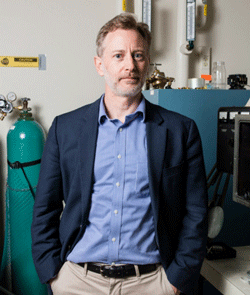 Prof. Geoffrey Beach, MIT
Prof. Geoffrey Beach, MIT
Geoffrey Beach: Drawn to explore magnetism
(04/24/2017) - Geoffrey Beach has been tinkering and building things most of his life, including some 50 model rockets that he built and launched while in high school in Oklahoma. But it wasn’t until his undergraduate studies in physics that he zeroed in on the topic that has dominated his research ever since: the study of magnetism and how to control it. In his work, Beach combines the deep, theoretical understanding of a physicist with an engineer’s passion for building and refining the devices needed to carry out his investigations. Read More.
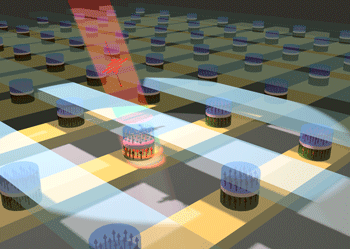
Flipping a Magnetic Memory Cell with a Light Pulse
(03/01/2017) - Scientists at the University of Minnesota have created a magnetic tunnel junction (MTJ) that can be switched by a pulse of light lasting one trillionth of a second, setting a speed record. The magnetic tunnel junction is a device critical to information technology with the termination of Moore’s law, a principle that has ruled the microelectronics industry for five decades. Read More.
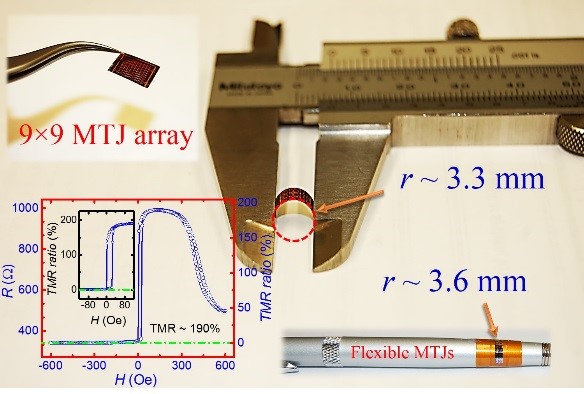
MgO-barrier Magnetic Tunnel Junction Goes Flexible
(02/02/2017) - A new article, which appeared online in Scientific Reports, from C-SPIN’s PIs Jian-Ping Wang (UMN) and Mo Li (UMN), has reported a method to fabricate high-performance MgO-barrier magnetic tunnel junctions directly onto ultra-thin flexible silicon membrane. The magnetic tunnel junction (MTJ) using MgO barrier is one of most important building blocks for spintronic devices for memory and computing applications and has been widely utilized as miniaturized magnetic sensors too. Read More.


